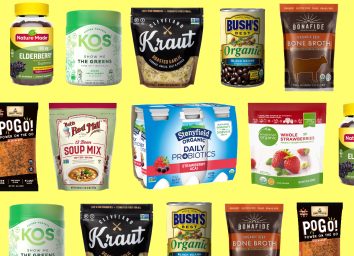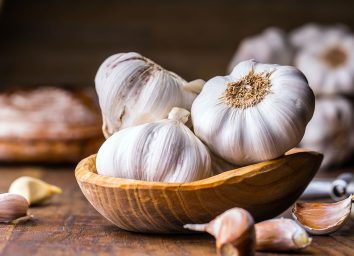These Are the Foods Getting More Expensive During Coronavirus

Did you notice the price of your eggs and meat going up recently? Well, there’s a reason for that. Turns out some foods will actually get more expensive during coronavirus due to changes happening in the global supply chain—including meat shortages.
Don’t worry, foods can’t get more expensive due to price gouging. Price gouging is when retailers will take advantage of a state of emergency by spiking prices for basic supplies and needs. It’s considered illegal and could have the consequence of paying a few of upwards of $10,000—some even $25,000 for multiple violations.
However, when specific types of foods are having difficulty in terms of production and importing internationally, this causes a strain in producing those items, which will result in higher prices throughout the global supply chain. The Labor Department even reported that grocery prices overall increased by 2.6 percent in April 2020, which is the highest percent increase reported since 1974. While there are a lot of grocery store items that are fine in terms of price, there are a few that are starting to take a hit in terms of production, resulting in climbing prices nationwide.
Here are six of the most common foods getting more expensive during coronavirus.
Eggs
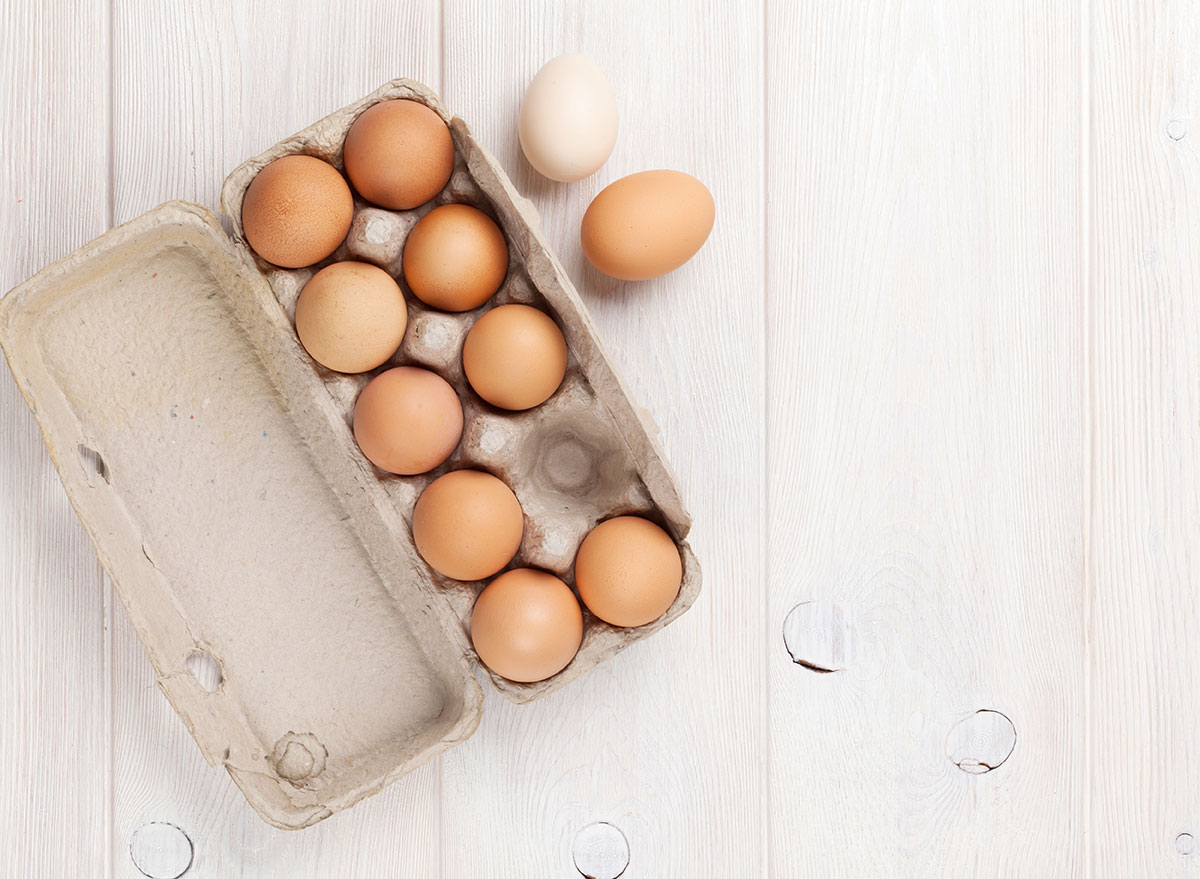
It’s true, egg prices really are on the rise. According to the Wall Street Journal, “wholesale egg prices have more than tripled” since the beginning of March. The U.S. Department of Agriculture’s (USDA) data reports that eggs are averaging around $3.00 per dozen, which is up compared to the 94 cent average at the beginning of March.
READ MORE: Click here for all of our latest coronavirus coverage.
Rice

In a news release published by USA Rice, it states that rice production is taking a major hit internationally due to increasing export prices from select Asian suppliers. Farm Policy News, published through the University of Illinois, points out the rising prices of rice in recent weeks—even Nigeria is seeing a 30 percent increase in retail markets. With increased complications with travel, importing rice from other parts of the world will cause scarcity—and price increases—for this particular pantry staple.
Wheat products
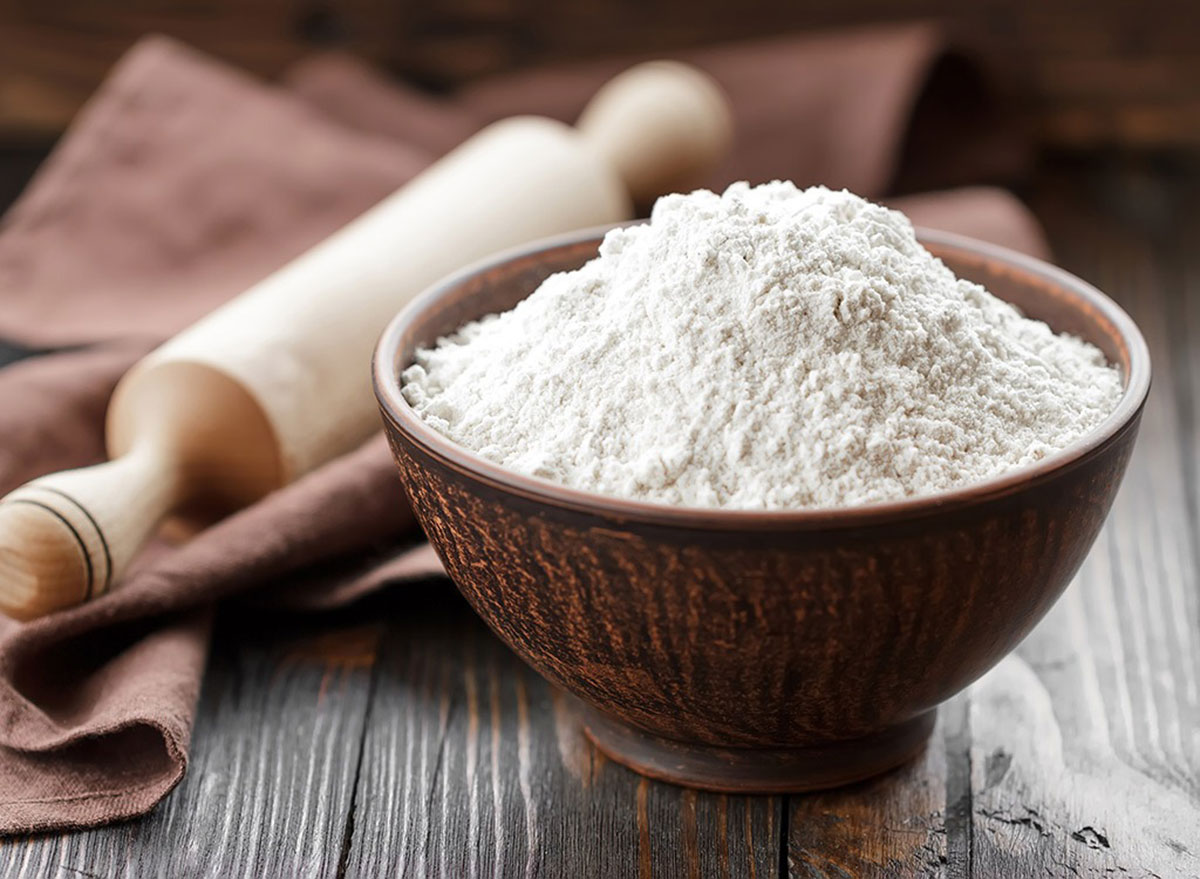
Yes, this includes that bag of flour and those boxes of cereal at the grocery store. In a recent article published by Bloomberg, it states that wheat crops are taking a hit globally, and the Labor Department reported a price increase on cereal and bakery products by 2.9 percent. The USDA stated that global rice and wheat reserves are both projected at all-time highs. While the particular driver for increasing retail prices is unclear—whether it’s coming from production issues or panic buying at stores—the shelves have been scarce of flour as of recently. Maybe because everyone’s been trying to bake sourdough bread?
Fruits and vegetables
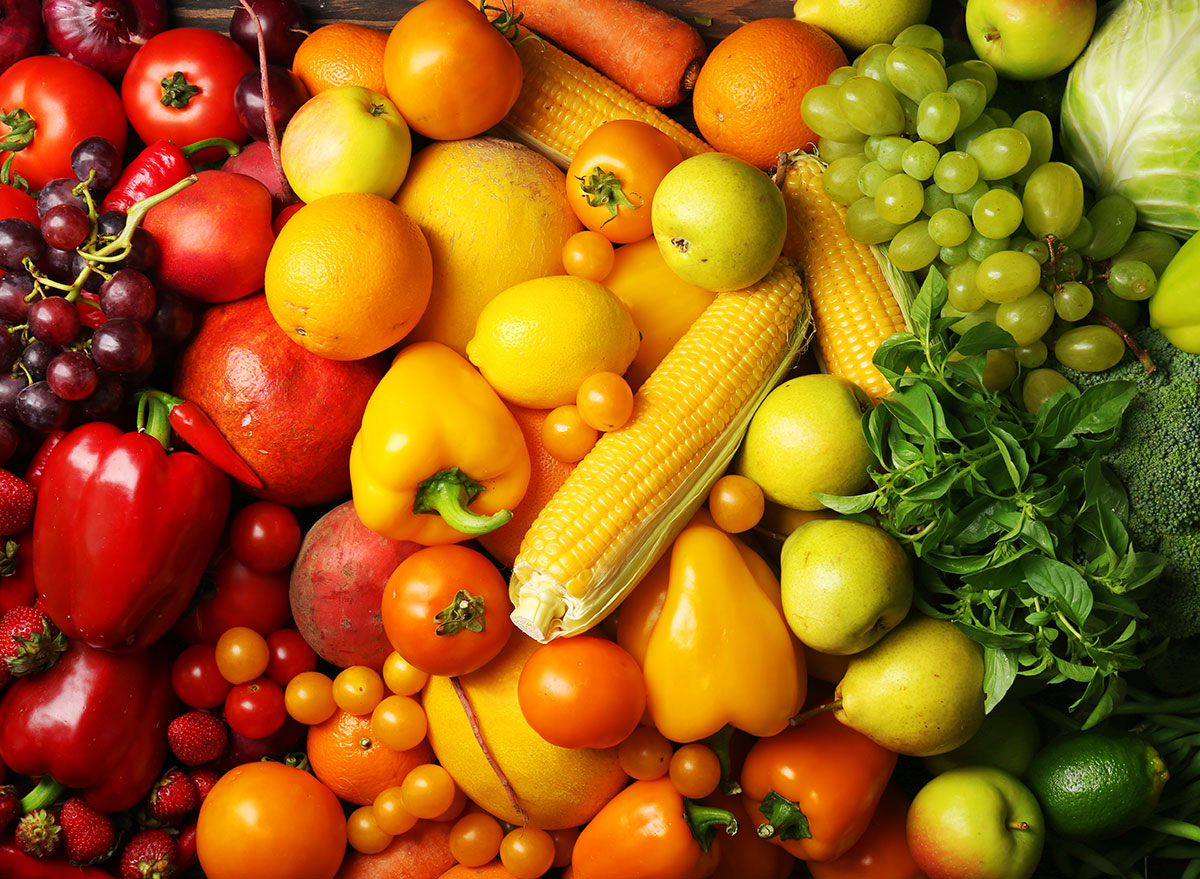
Fruits and vegetables that are imported from other areas of the world will not only be scarce in U.S. grocery stores, but will also see a price increase due to a change in the supply and demand. So if you see an increased price on your bananas, it’s probably due to travel ban complications that are causing issues for importing internationally.
Meat
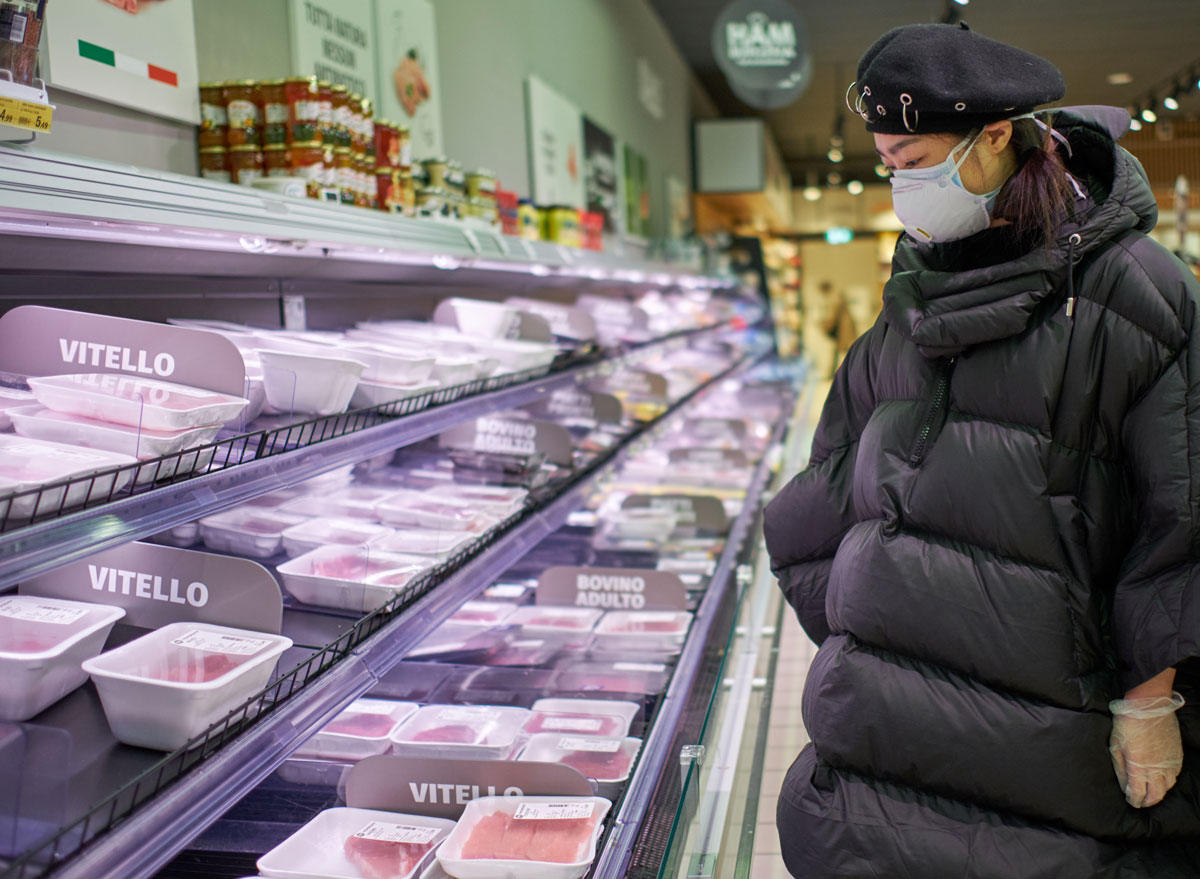
Because numerous packing plants have shuttered their doors due to COVID-19 outbreaks among their employees, the country is about to face a serious meat shortage. This means that meat prices will skyrocket because of it. The Labor Department also reported that meat prices went up by 4.3 percent in April. In some grocery stores, the price of ground beef per pound has almost doubled, causing customers to rethink their eating habits and turn to plant-based meals and other protein alternatives.
Here are 7 Ways the Meat Shortage Will Change Your Grocery Trip.
Dairy Products
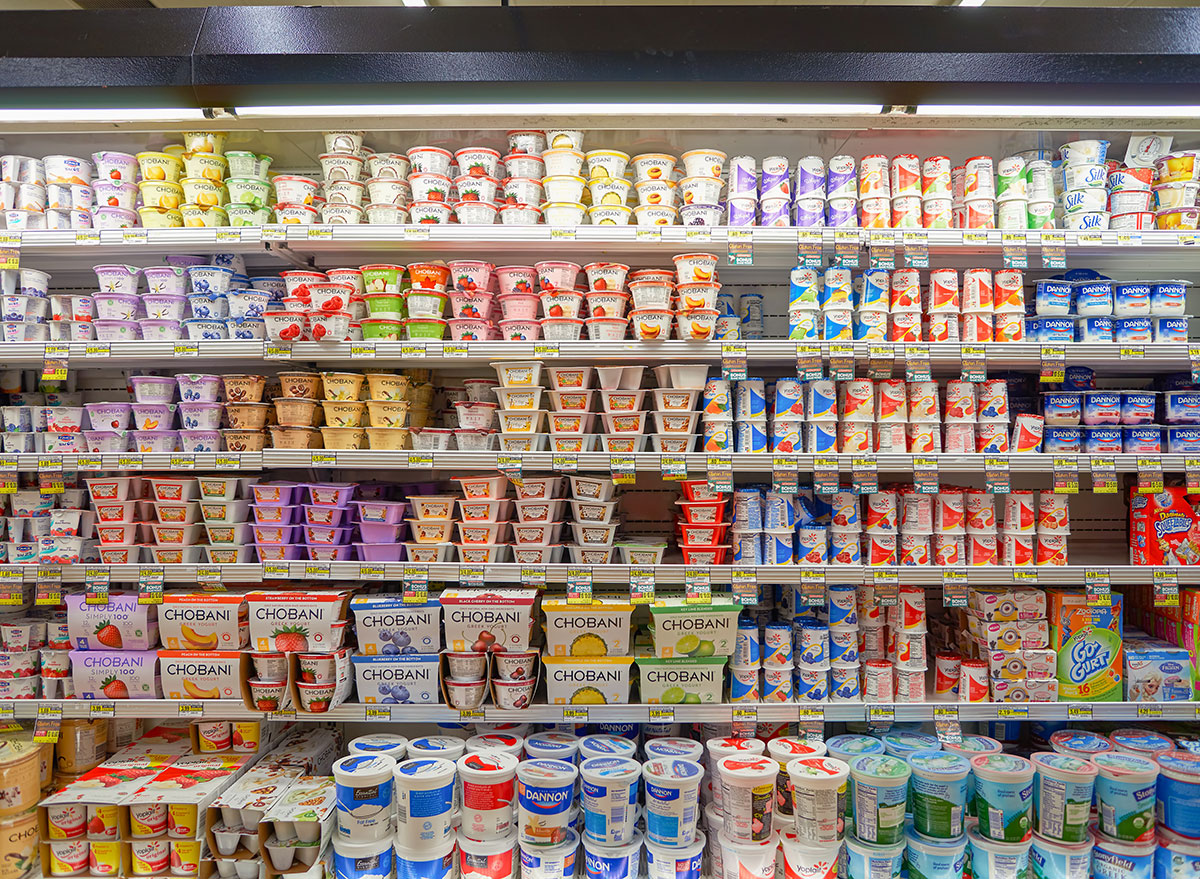
While the price differences won’t be as drastic as some of these other items, some of your beloved dairy products will start to see a steady price increase. The Labor Department reported dairy prices were up 1.5 percent during the month of April. While this increase isn’t as severe, it’s still enough to start keeping dairy alternatives in mind for future grocery trips.
